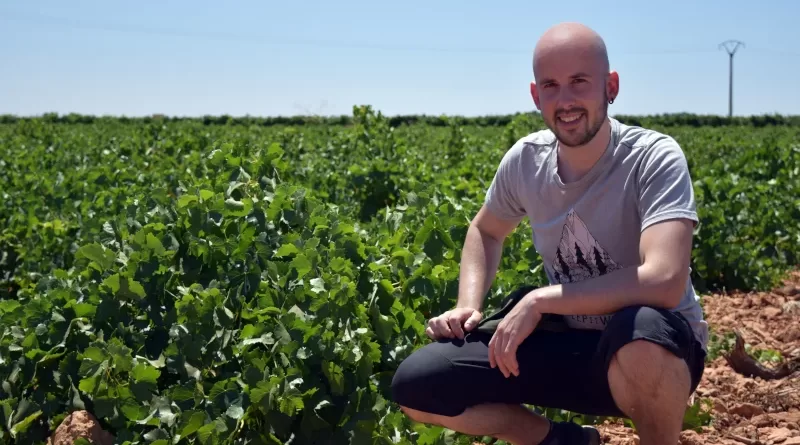Vineyard Modernization Affects Use Made Of Them By Birds And Mammals
A study by the UPV/EHU’s Department of Zoology and Animal Cell Biology together with researchers from IREC and Michigan State University explores how the modernization of vineyards impacts on the birds and mammals that routinely inhabit them, and confirms that the presence of species differs between traditional and trellis vineyards, although the preference for one type of vineyard or another depends on the species.
Grape vines have been an important agricultural feature in the Mediterranean area for centuries. Spain, the country with the largest surface area devoted to vineyards, is currently undergoing a profound restructuring and intensification process as a result of the introduction of trellis vineyards, which is being promoted by the European Union to reduce costs and increase productivity.The modernising of traditional vineyards into trellis ones involves taller vines, a greater distance between rows of vines to facilitate mechanised harvesting, the systematic implementation of irrigation, and bigger plots.
“The implications of this modernisation of vineyards remain largely unknown and the restructuring of the vineyard may affect the fauna inhabiting it. It is therefore essential to understand how the modernisation of agriculture affects biodiversity.This work aims to estimate in what way the structure and management of the vineyard changes, and what impact it has on the birds and mammals that normally inhabit these agricultural environments,”said Xabier Cabodevilla-Bravo, a researcher in the UPV/EHU’s Department of Zoology and Animal Cell Biology.So, “we studied 52 vineyards (26 traditional and 26 trellis ones) in southwest Spain in summer by comparing the vineyard structure and management practices carried out in them, and we observed the most common birds and mammals in each type of vineyard,” added Cabodevilla.
According to Cabodevilla, “the modernisation of vineyards clearly affects fauna biodiversity, but it does not have a widespread negative effect on the use that birds and mammals make of the vineyard. We have seen that it depends very much on the species, with a greater presence of some species (red-legged partridge, rufous-tailed scrub robin, goldfinch, sparrow and blackbird) in trellis vineyards and a greater presence of others (greenfinch and rabbit) in traditional vineyards. However, trellis vineyards are known to be very negative for other protected species that were not monitored in this study, such as the great bustard”.
“Furthermore,”Cabodevilla went on, “the use of vineyards by some species is significantly determined by the presence of arable land (annual crops) adjacent to the vineyard. For example, red-legged partridge and European rabbit were more likely to occur where vineyards were adjacent to arable land. This suggests that vineyards are not the most suitable habitats for these species, which probably use them in summer as a refuge once the cereals have been harvested; the vineyard structure and the greater amount of shade provided protect them from the heat during the hottest hours of the day”.
Another of the main differences in management between traditional and trellis vineyards is the use of irrigation.”This water resource could also be attractive for many birds or mammals during the summer. In addition, the use of irrigation facilitates the application of fertilisers, mainly nitrates, through the irrigation system, which can pose a serious threat to the animals that drink this water. This practice, applied in a third of the trellis vineyards during the summer when natural water sources are scarce, could be particularly dangerous for the fauna that may be attracted by this toxic water resource,” said the UPV/EHU researcher.
Researchers plan togo on exploring the extent to which irrigation attracts birds and other wildlife from dry farmland to trellis vineyards and to assess the risk of exposure to toxic doses of nitrates during fertigation, the simultaneous application of water and fertiliser through the irrigation system.

